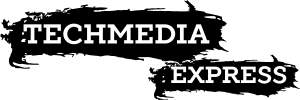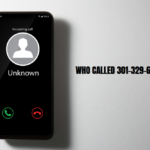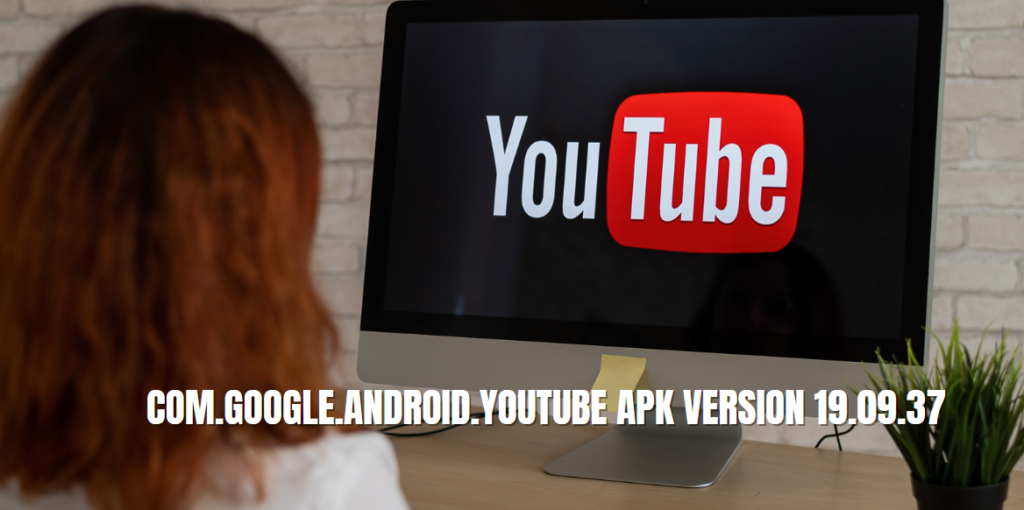In the digital landscape of today, User Experience (UX) design plays a pivotal role in shaping how individuals interact with technology. Among the notable figures in this field is Brian Harmon, a UX designer whose career exemplifies continuous learning and adaptation.
This article will delve into Brian Harmon’s journey, his design philosophy, the importance of UX design, and the strategies that aspiring designers can adopt to thrive in this competitive arena.
Introduction to UX Design
User Experience (UX) design is the process of enhancing user satisfaction by improving the usability, accessibility, and pleasure associated with interacting with a product. It encompasses various disciplines, including research, design, and testing, and focuses on the user’s journey to create seamless and engaging experiences.
The Evolution of UX Design
In recent years, the field of UX design has evolved dramatically due to technological advancements and changing user expectations. Designers are now required to be not only aesthetically minded but also data-driven, ensuring that user interactions are intuitive and fulfilling.
Brian Harmon: An Overview
Brian Harmon is a prominent figure in the world of UX design. With a passion for creating user-centric solutions, Harmon has established himself as a leader in the industry. His journey reflects the dynamic nature of UX design, marked by a commitment to continuous improvement and innovation.
Background and Influence
Brian Harmon has drawn inspiration from various sources throughout his career, including psychology, technology, and art. This diverse background informs his design approach, allowing him to create solutions that resonate with users on multiple levels.
The Path to Becoming a UX Designer
Brian Harmon’s path to becoming a top UX designer was not a straight line. It involved numerous experiences, challenges, and learning opportunities that shaped his skills and perspectives.
a. Education and Early Career
Brian began his educational journey with a degree in graphic design, which provided him with foundational skills in visual communication. His early career involved working as a graphic designer, where he honed his abilities in layout, typography, and branding. However, it wasn’t long before he realized that his true passion lay in understanding user behavior and improving interactions.
Recognizing the importance of UX design, Brian pursued further education and certifications in user experience, immersing himself in the principles of human-centered design. This commitment to learning allowed him to transition into a UX-focused role, where he could leverage his graphic design background while exploring the intricacies of user experience.
b. Professional Milestones
Throughout his career, Brian Harmon has achieved several significant milestones. His first major role as a UX designer involved collaborating with a tech startup to develop an application that prioritized user feedback in its design process. This project taught him the importance of empathy in design and how to incorporate user insights into product development.
As he gained experience, Brian worked with various companies, from startups to established enterprises. Each position provided unique challenges that helped him refine his skills and broaden his understanding of UX design. Notably, Brian played a crucial role in a project that enhanced the user experience for a major e-commerce platform, resulting in increased user engagement and sales.
Brian Harmon’s Design Philosophy
Brian Harmon’s design philosophy centers on the idea that successful UX design is rooted in empathy and user understanding. He believes that designers must prioritize the needs and behaviors of users to create meaningful experiences.
Human-Centered Design
At the core of Brian’s philosophy is the principle of human-centered design. This approach emphasizes the importance of involving users in the design process through research, testing, and feedback. By understanding users’ goals, pain points, and preferences, designers can create solutions that genuinely meet their needs.
Collaboration and Iteration
Another key aspect of Brian’s design philosophy is the value of collaboration and iteration. He advocates for cross-disciplinary teamwork, where designers, developers, and stakeholders work together to refine ideas and create cohesive products. This iterative process allows for continuous improvement and adaptation based on real user feedback.
Aesthetic Functionality
Brian Harmon also emphasizes the balance between aesthetics and functionality. He believes that while visual appeal is important, it should not overshadow the usability of a product. Effective UX design should seamlessly integrate aesthetics with functionality, ensuring that users not only enjoy the look of a product but also find it easy to use.
Key Skills and Tools for UX Designers
To succeed as a UX designer, individuals must develop a diverse skill set and be familiar with various tools that facilitate the design process. Here are some essential skills and tools that Brian Harmon and other successful UX designers typically possess.
Essential Skills
- User Research: Understanding user needs and preferences through methods like interviews, surveys, and usability testing.
- Wireframing and Prototyping: Creating wireframes and prototypes to visualize and test design concepts before implementation.
- Information Architecture: Organizing content in a way that makes it easily navigable and comprehensible for users.
- Visual Design: Understanding design principles, color theory, typography, and branding to create aesthetically pleasing interfaces.
- Usability Testing: Conducting tests to evaluate how users interact with a product and identifying areas for improvement.
Popular Tools
- Sketch: A powerful vector-based design tool widely used for creating wireframes, prototypes, and user interfaces.
- Adobe XD: An all-in-one tool for designing and prototyping user experiences.
- Figma: A collaborative design tool that allows teams to work together in real time on design projects.
- InVision: A prototyping tool that helps designers create interactive mockups and gather feedback.
- UsabilityHub: A platform for conducting usability tests and gathering insights on user interactions.
The Importance of Continuous Learning
In the ever-evolving field of UX design, continuous learning is vital for staying relevant and effective. Brian Harmon exemplifies this commitment by regularly seeking new knowledge and skills to enhance his practice.
Keeping Up with Trends
UX design trends change rapidly, influenced by technological advancements and user behavior. Brian stays informed by attending industry conferences, participating in workshops, and following thought leaders in the UX community. This proactive approach allows him to adopt new techniques and methodologies that enhance his work.
Embracing Feedback
Brian Harmon also embraces feedback as a tool for growth. By seeking input from peers, users, and mentors, he gains valuable insights that inform his designs and improve his skills. This openness to constructive criticism fosters a culture of learning and collaboration within his work environment.
Case Studies: Brian Harmon’s Projects
Brian Harmon has worked on numerous projects that showcase his expertise in UX design. Here, we highlight a few notable case studies that illustrate his approach and impact.
Case Study 1: E-Commerce Platform Redesign
Challenge: A leading e-commerce platform faced declining user engagement and high cart abandonment rates.
Solution: Brian led a redesign project that involved conducting user research to identify pain points in the existing user experience. By implementing a more intuitive navigation system and streamlining the checkout process, the team significantly improved user satisfaction.
Outcome: Following the redesign, the platform saw a 25% increase in user engagement and a 15% reduction in cart abandonment rates.
Case Study 2: Mobile App Development
Challenge: A startup sought to develop a mobile app that provided users with personalized fitness plans.
Solution: Brian collaborated closely with the product team to create user personas and conduct usability testing throughout the development process. His emphasis on user feedback ensured that the app was tailored to meet users’ needs effectively.
Outcome: The app received positive reviews for its user-friendly interface, leading to over 100,000 downloads within the first month of launch.
The Future of UX Design
As technology continues to evolve, the field of UX design will undergo further transformations. Brian Harmon envisions several trends shaping the future of UX design.
Integration of Artificial Intelligence
Artificial intelligence (AI) is expected to play a significant role in enhancing user experiences. UX designers will need to leverage AI tools to analyze user behavior and personalize interactions effectively.
Focus on Accessibility
With an increasing awareness of the importance of inclusivity, UX design will prioritize accessibility for users with diverse abilities. Designers will need to incorporate accessibility principles into their work, ensuring that products are usable for everyone.
Enhanced Collaboration
As remote work becomes more prevalent, collaboration tools and methodologies will evolve. Designers like Brian Harmon will need to adapt their processes to facilitate effective teamwork across geographic boundaries.
Frequently Asked Questions (FAQs)
Q1: Who is Brian Harmon?
Brian Harmon is a prominent UX designer known for his commitment to creating user-centric solutions through continuous learning and adaptation.
Q2: What is UX design?
User Experience (UX) design focuses on enhancing user satisfaction by improving the usability, accessibility, and pleasure associated with interacting with a product.
Q3: What skills are essential for a UX designer?
Key skills for a UX designer include user research, wireframing and prototyping, information architecture, visual design, and usability testing.
Q4: What tools do UX designers use?
Common tools used by UX designers include Sketch, Adobe XD, Figma, InVision, and UsabilityHub for design and testing purposes.
Q5: Why is continuous learning important in UX design?
Continuous learning is crucial in UX design due to the rapidly changing nature of technology and user expectations. Staying updated with trends and methodologies allows designers to remain effective in their roles.
Conclusion
Brian Harmon’s journey as a UX designer is a testament to the power of continuous learning, empathy, and collaboration in creating exceptional user experiences. His dedication to understanding user needs and his commitment to refining his skills make him a leading figure in the field.
As UX design continues to evolve, aspiring designers can draw inspiration from Brian Harmon’s journey, embracing the principles of human-centered design, continuous improvement, and collaboration to thrive in this dynamic landscape.
By prioritizing user needs and adapting to emerging trends, the next generation of UX designers will undoubtedly shape the future of technology and user interactions for the better.

















